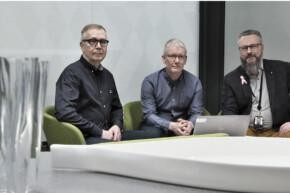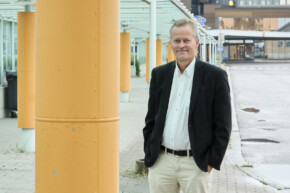The new passenger terminal is almost complete in its digital form
A detailed three-dimensional data model helps in the designing, construction and maintenance of the passenger terminal in the Port of Turku.
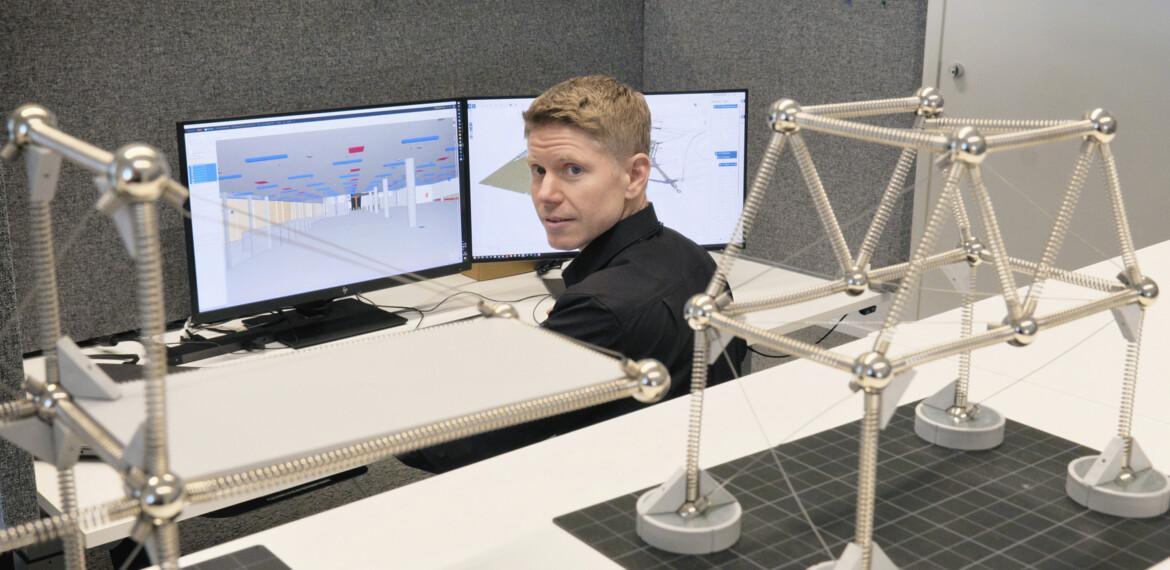
We are moving around in the light and spacious lobby of the Port of Turku’s new passenger terminal. One click and we see above us the ventilation ducts, sprinkler pipes, electrical shelving and light fixtures inside the ceiling. Another click and we can take a closer look at the structures and the hole provisions for pipes made in them.
The building of the new terminal has not started yet, but we can get a feel for it with the data model made on the building.
“In the data model all plans that in the past were recorded on paper are now in digital format in one place to see”, says Antti Hämäläinen. He works as an expert of building information modelling in consultancy and engineering agency Sweco Finland Oy.
Information flows and opens up in visual form
Mr Hämäläinen says that in the combined data model, for example structural, HVAC and electrical plans are linked to the architectural design. The result is presented in 3D format.
“The information is easily available to everybody, which streamlines and enhances both designing and construction. When amendments are made in the data model, the drawings and other documents related to the model are updated automatically at once.”
Previously, if the location of, for example, one pillar was changed slightly, the resulting changes had to be recorded manually in several drawings and documents. That caused a lot of work and increased the possibility of errors.
“It is also important that the visual data model provides an experience on what the building will really look like. It allows, for example, moving easily from one space to another”, Mr Hämäläinen stresses.
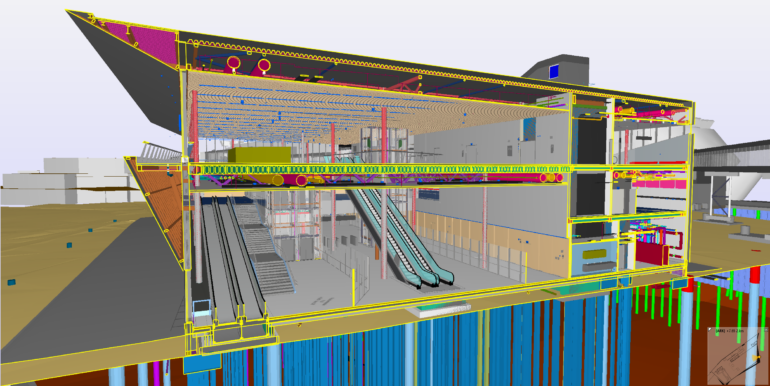
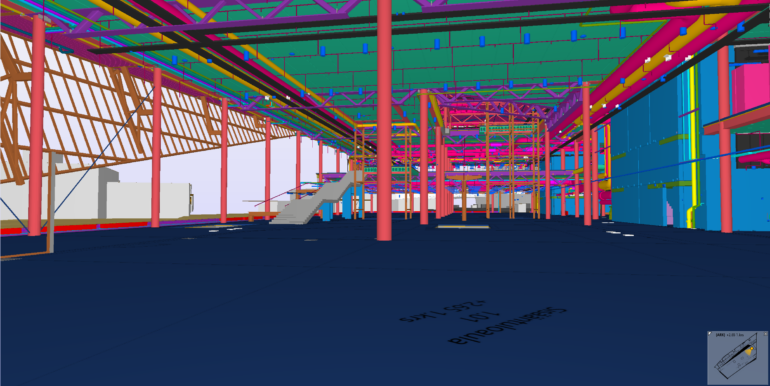
Assistance available also during the use of the building
The data model is also useful after the building has been taken into use.
“The data model can be used to provide support for servicing and maintenance, as it is an easy way to find, for example, information on the routing of the building technology systems and pipes. In the future, data models can also help, if e.g. new technical systems are added to the building or it is expanded.”
The data model of the new terminal for the passenger harbour will be so detailed that, if desired, a digital twin may be built on the same foundation in the future.
“A digital twin is a building in digital format. It can be used to examine, for example, the conditions, temperatures and ventilation in different parts of the building, make different simulations, and look for ideal adjustments for building technology systems.”
Information on the environment as well
According to Mr Hämäläinen, data models are currently being used in all big building projects.
What is special about the Port of Turku’s new passenger terminal is that area plans will also be linked to it, which means data models on, for example, the infrastructure and quay structures in the land area.
“Area plans show, for example, sewer lines and electric wires and the terrain and levels. They also visualise and concretise how the building fits its environment.”
Due to his work, the BIM Coordinator of the project already has an exceptionally good feel of the future passenger terminal. How does it look to him?
“I think it’s great. Stylish, functional and implemented with smart design solutions. Each detail has been carefully considered”, he sums up.
Text: Matti Välimäki
Photo: Markku Koivumäki
Terminal will be completed in 2027
The principal and architectural designer of the Port of Turku’s new passenger terminal is PES Architects Ltd. It won the architecture competition with its proposal named ORIGAMI. The jury of the competition commended the proposal especially for its exceptionality, expressiveness, flamboyance and movement. The architecture of the terminal is based on oblique triangular surfaces; play with steel, glass and aluminium. The shape has maritime symbolism associated with the side of salmon or a steel ship.
The building permit application for the Port of Turku’s new passenger terminal is pending and the goal is to start the construction work by the end of the year. The terminal is due for completion in 2027.

